

- RFQ
- BOM
-
Contact Us
Tel: +86-0755-83501315
Email: sales@sic-components.com
- Chinese
- English
- French
- German
- Portuguese
- Spanish
- Russian
- Japanese
- Korean
- Arabic
- Irish
- Greek
- Turkish
- Italian
- Danish
- Romanian
- Indonesian
- Czech
- Afrikaans
- Swedish
- Polish
- Basque
- Catalan
- Esperanto
- Hindi
- Lao
- Albanian
- Amharic
- Armenian
- Azerbaijani
- Belarusian
- Bengali
- Bosnian
- Bulgarian
- Cebuano
- Chichewa
- Corsican
- Croatian
- Dutch
- Estonian
- Filipino
- Finnish
- Frisian
- Galician
- Georgian
- Gujarati
- Haitian
- Hausa
- Hawaiian
- Hebrew
- Hmong
- Hungarian
- Icelandic
- Igbo
- Javanese
- Kannada
- Kazakh
- Khmer
- Kurdish
- Kyrgyz
- Latin
- Latvian
- Lithuanian
- Luxembou..
- Macedonian
- Malagasy
- Malay
- Malayalam
- Maltese
- Maori
- Marathi
- Mongolian
- Burmese
- Nepali
- Norwegian
- Pashto
- Persian
- Punjabi
- Serbian
- Sesotho
- Sinhala
- Slovak
- Slovenian
- Somali
- Samoan
- Scots Gaelic
- Shona
- Sindhi
- Sundanese
- Swahili
- Tajik
- Tamil
- Telugu
- Thai
- Ukrainian
- Urdu
- Uzbek
- Vietnamese
- Welsh
- Xhosa
- Yiddish
- Yoruba
- Zulu
- Kinyarwanda
- Tatar
- Oriya
- Turkmen
- Uyghur
Why Do You Need an Obsolete Electronic Parts Finder?
In the rapid iteration of electronic design and manufacturing, "obsolete" is often equated with "eliminated." However, for engineers, procurement personnel, and electronics enthusiasts, those components marked as "EOL (End of Life)" or "NRND (Not Recommended for New Design)" are crucial puzzle pieces for solving technical problems and ensuring project implementation. An obsolete electronic parts finder is not just a tool but also a bridge connecting technological inheritance and innovation. The following analyzes its irreplaceable value from four core scenarios. https://www.sic-components.com/category-all
I. Solving the "Remaining Dilemma" in Technological Iteration: Reviving Old Systems https://www.sic-components.com/category-all
1. Maintenance of Old Systems: The "Life Saver" for Reverse Engineering
Old systems in fields such as industrial equipment, medical instruments, and avionics often fall into a situation of "beyond repair" due to a single discontinued component. For example, the dedicated logic chip on the main control board of a CNC machine tool that is 20 years old has been discontinued. Direct replacement may lead to the compatibility collapse of the entire control system, and the reconstruction cost is as high as hundreds of thousands of yuan. However, with the parts finder, engineers can accurately locate the global inventory, and the replacement can be completed with only a procurement cost of a few hundred yuan, avoiding a subversive transformation that may "affect the whole situation with a single move."
2. Retro Design: The "Time Machine" for Preserving Technological Heritage
When audio enthusiasts replicate the classic tube amplifiers from the 1960s or engineers restore the Apple I antique computer, the "authenticity" of the components determines the soul of the design. The obsolete parts finder can dig out scarce vacuum tubes and old-fashioned integrated circuits (such as the Fairchild 741 operational amplifier), ensuring that the timbre and performance of the retro equipment are exactly the same as the historical version, allowing the technological heritage to shine again in modern times.
II. Breaking through the "Supply Disruption" Puzzle in the Supply Chain: From Passive Waiting to Active Resolution https://www.sic-components.com/category-all
1. The "Alternative Granary" under Global Shortages
The risks in the supply chain have increased dramatically due to factors such as the chip shortage and geopolitical conflicts. Even mainstream components may face a lead time of up to 52 weeks. A certain automotive electronics manufacturer's production line came to a halt due to the MCU supply disruption. Through the parts finder, they discovered a discontinued but functionally compatible microcontroller. After evaluation and design adjustment, the production resumed in just two weeks, avoiding losses of millions of dollars per month. The parts finder integrates scattered resources from global distributors, the second-hand market, and excess inventory, constructing an "emergency component pool" for enterprises.
2. The "Cost Savior" for Small-Batch Projects
In small-batch scenarios such as prototype development, art installations, and scientific research equipment, the cost of modifying the design to adapt to modern components (such as changing the package or adjusting the PCB layout) may be dozens of times higher than directly purchasing obsolete parts. The parts finder supports single-unit ordering and small-batch procurement and provides clear inventory distribution and price comparison, enabling engineers to avoid paying a high price for "trial and error." For example, when a certain scientific research team was developing a new sensor prototype, they obtained a discontinued high-precision ADC at 1/10 of the cost through the parts finder, accelerating the project's implementation.
III. Unlocking the "Special Code" of Specification Matching: The Best Choice with Performance as the Priority https://www.sic-components.com/category-all
1. The "Parameter King" That Cannot Be Replaced
Some obsolete components maintain a "crushing" advantage in specific performances: A low-noise amplifier (LNA) that was discontinued in 2005 still has a noise figure 1.5dB lower than modern competitors in the 10GHz frequency band, becoming the "only solution" for high-frequency signal processing circuits; the high-voltage resistance characteristics of early power devices (such as IGBTs with a withstand voltage of 650V) are irreplaceable in industrial drive systems. The parts finder supports accurate retrieval according to "key parameters," helping engineers break through the "cost optimization trap" of modern components.
2. The "Compatibility Key" for the Old Ecosystem
In embedded systems, the toolchain and firmware library of obsolete MCUs may not be migratable to new chips. For example, the 8-bit single-chip microcomputer used in a certain industrial control board has been discontinued, but the supporting assembly tools and driver programs are still running stably. Replacing it with a 32-bit chip rashly requires reconstructing the entire software ecosystem, which takes up to 6 months. The parts finder supports screening components according to "compatible development environment," allowing engineers to continue using mature solutions and reducing the risk of system migration.
IV. Creating an "Information Hub" for Efficiency Revolution: Transforming Search from "Looking for a Needle in a Haystack" to "Precise Snipe" https://www.sic-components.com/category-all
1. The "Central Processor" for Fragmented Resources
The information of obsolete parts is scattered across thousands of platforms, and manual search often takes several days. The parts finder aggregates global data through APIs and supports screening by more than 20 dimensions such as "life cycle status (EOL/NRND)", "package type", and "manufacturer", increasing the search efficiency by more than 90%. After engineers enter the model number, they can obtain real-time information such as inventory quantity, price range, and distributor qualifications, completely getting rid of the dilemma of "searching all over the Internet but still finding no goods."
2. The "Smart Housekeeper" for Risk Prevention and Control
The core concerns in purchasing obsolete parts are reliability and compliance. The parts finder provides data such as distributor credit ratings, parts RoHS compliance status, and reliability test reports, and even supports certification screening for special fields such as medical and military industries. For example, a certain medical device manufacturer found a discontinued pressure sensor that complies with the ISO 13485 certification through the parts finder, ensuring product compliance while maintaining the original design and avoiding the cost of 2 million yuan for re-certification.
3. The "Early Warning Radar" for Forward-looking Inventory
It supports setting the "inventory warning" function. When the inventory of commonly used obsolete parts is lower than the safety threshold, it will automatically remind, helping enterprises reserve in advance. A certain consumer electronics manufacturer set an early warning for a discontinued power management IC. When its global inventory dropped to 5,000 pieces, they made a bulk purchase, avoiding the production line halt caused by the supply disruption one year later.
Who Needs an Obsolete Electronic Parts Finder? Your Role Determines Its Value https://www.sic-components.com/category-all
Role Core Value
Hardware Engineer Quickly verify the compatibility (package/pin/parameter) of obsolete parts or find equivalent alternative solutions to avoid repeated design.
Procurement Manager Expand the global supply channels, compare the prices of more than 300 distributors, compress the procurement cycle from 20 days to 3 days, and reduce hidden costs.
Maintenance Technician Accurately locate replacement parts for old equipment, avoid the premature scrapping of equipment due to "no such parts found," and revitalize tens of millions of yuan worth of existing assets.
Electronics Enthusiast Easily obtain scarce components (such as Nixie tubes and mechanical relays) required for retro projects, so that creativity is not limited by "unavailability."
When Is It Necessary to Use It? Two Scenarios Define the "Urgent Need"
1. The Dilemma of "Three Nones and One Have" Components
When the design depends on components that "have no direct substitutes, no compatible upgrade solutions, no time for redesign, but must be used in the project" (such as the radiation-resistant chips specified for military equipment), the parts finder is the only solution.
2. The Trap of "Cost-Risk" Inversion
When the time/capital investment for redesign exceeds 10 times the cost of purchasing obsolete parts (such as in small-batch production, the cost of re-tape-out is 100 times the purchase price of the component), choosing the parts finder is more economical and efficient.
From "Passive Replacement" to "Active Management": Redefining the Value of "Obsolete"
In the wave of "new-old alternation" in the electronics industry, the obsolete electronic parts finder breaks the mindset of "only going for the new." It is not just a tool for solving the problem of "availability" but also a strategic resource for achieving "quality": allowing old systems to continue their lives, enabling new designs to break through bottlenecks, and making supply chain risks controllable.
Explore the Treasure World of Rare Components Immediately https://www.sic-components.com/category-all
Our collection spans 60 years of technological inheritance, covering three core categories:
Retro Semiconductors: From the germanium transistors in the 1970s to the classic DSPs in the millennium, they safeguard the purity of retro designs.
Special Connectors: Special-shaped interfaces suitable for aerospace and medical equipment solve the space and reliability problems that modern components cannot handle.
Obsolete Integrated Circuits: The hard-to-find special ICs in the market, such as a certain discontinued high-precision data converter, are still the "gold standard" in the field of industrial measurement.
Our global procurement team has been deeply engaged in the industry for 20 years and has established direct connections with more than 500 distributors. Each component undergoes three rounds of inspections (function testing, reliability testing, and compliance certification) to ensure "ready-to-use."
Don't Let "Unavailability" Limit Your Creativity
Whether it is to repair a grandfather's radio or develop the next-generation satellite communication module, the obsolete electronic parts finder is a key partner for you to break through boundaries. Dive into our rare component library, and let every "impossible" project find the most accurate puzzle piece.
In the electronics world, the most precious innovation often begins with the rediscovery of the "obsolete."
https://www.sic-components.com/category-all

Hot Products
View MoreRelated Blogs

2000+
Daily average RFQ Volume

30,000,000
Standard Product Unit

2800+
Worldwide Manufacturers

15,000 m2
In-stock Warehouse





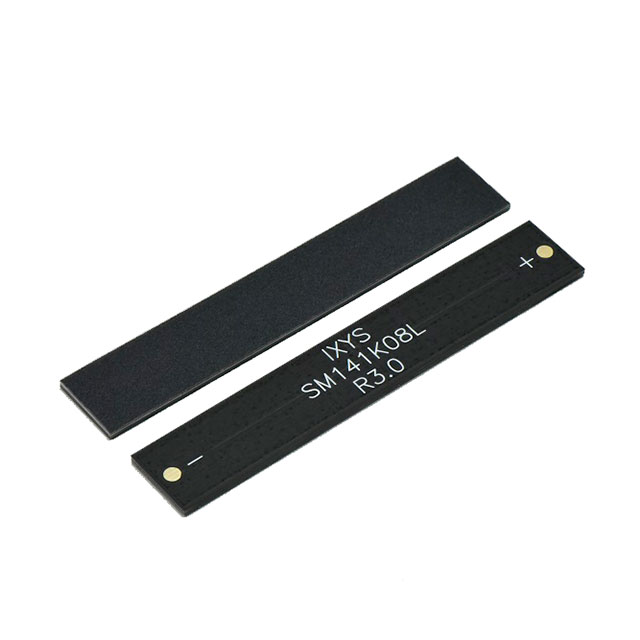




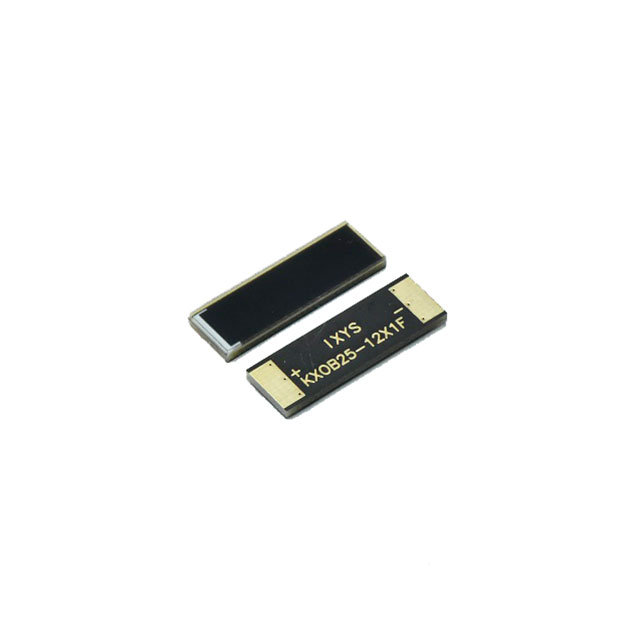
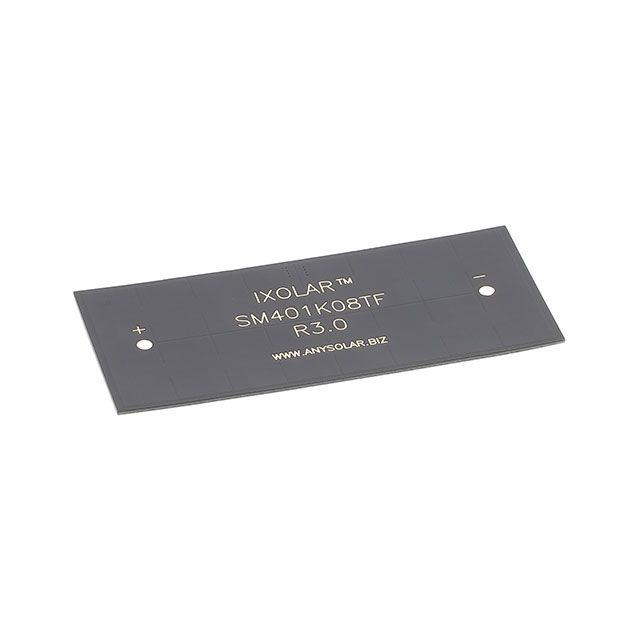
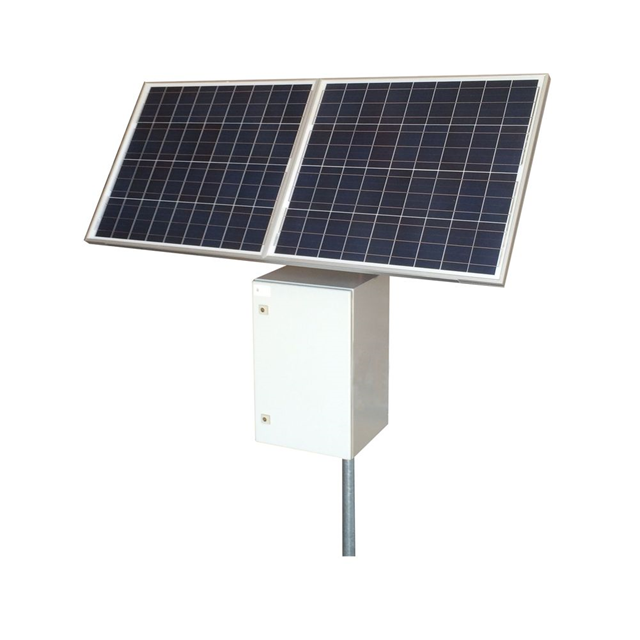
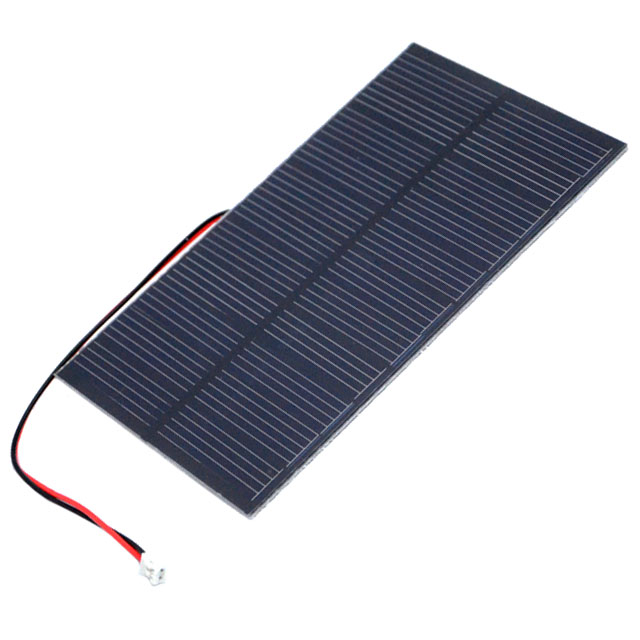
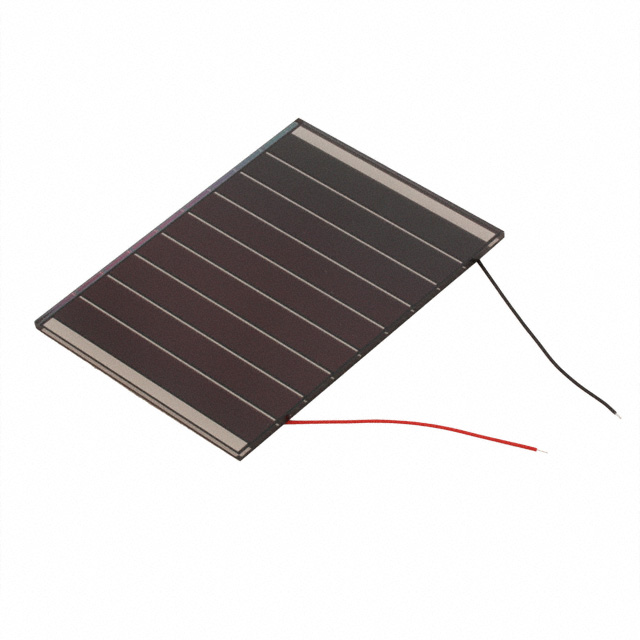

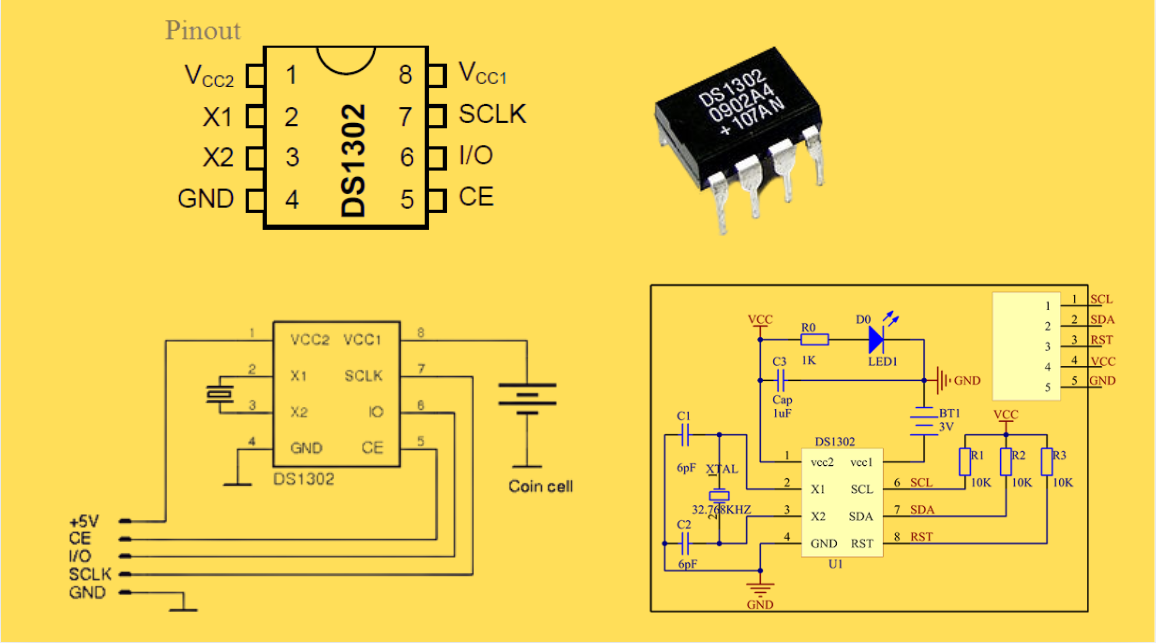
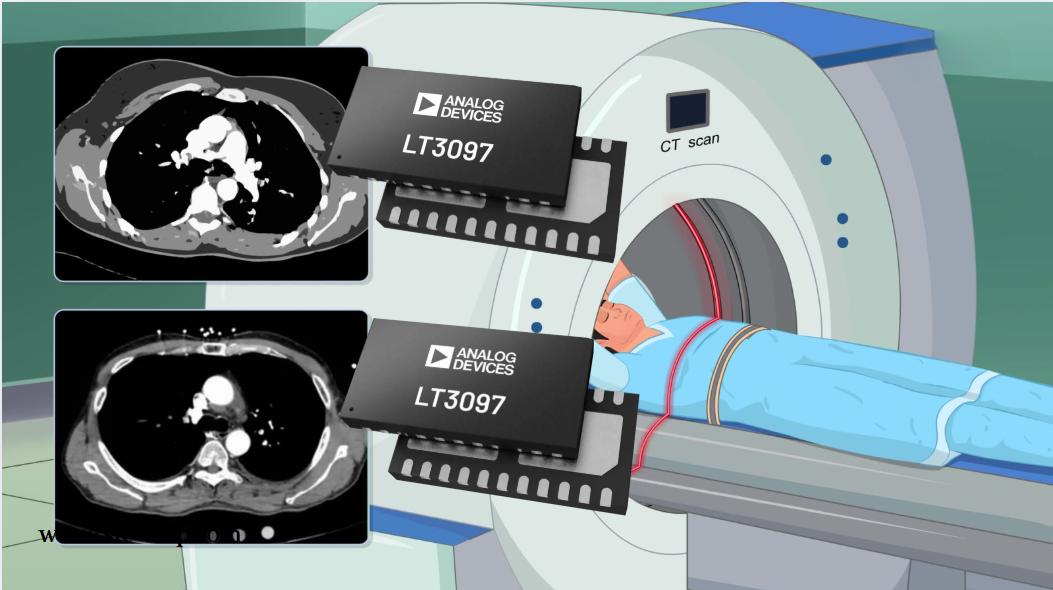
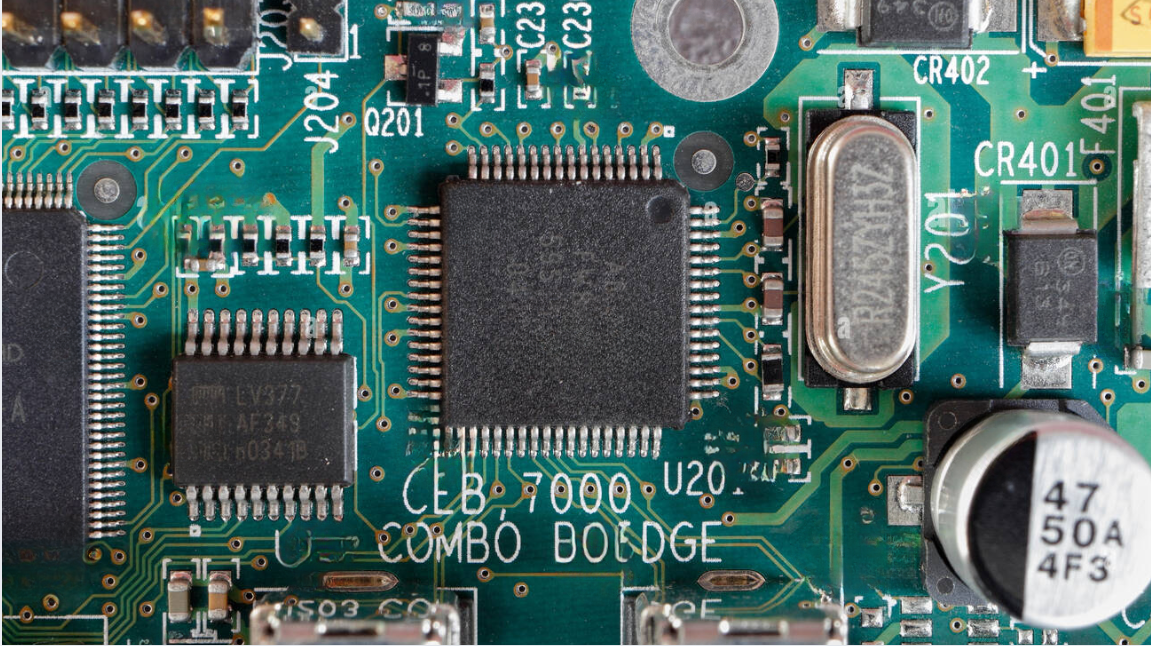
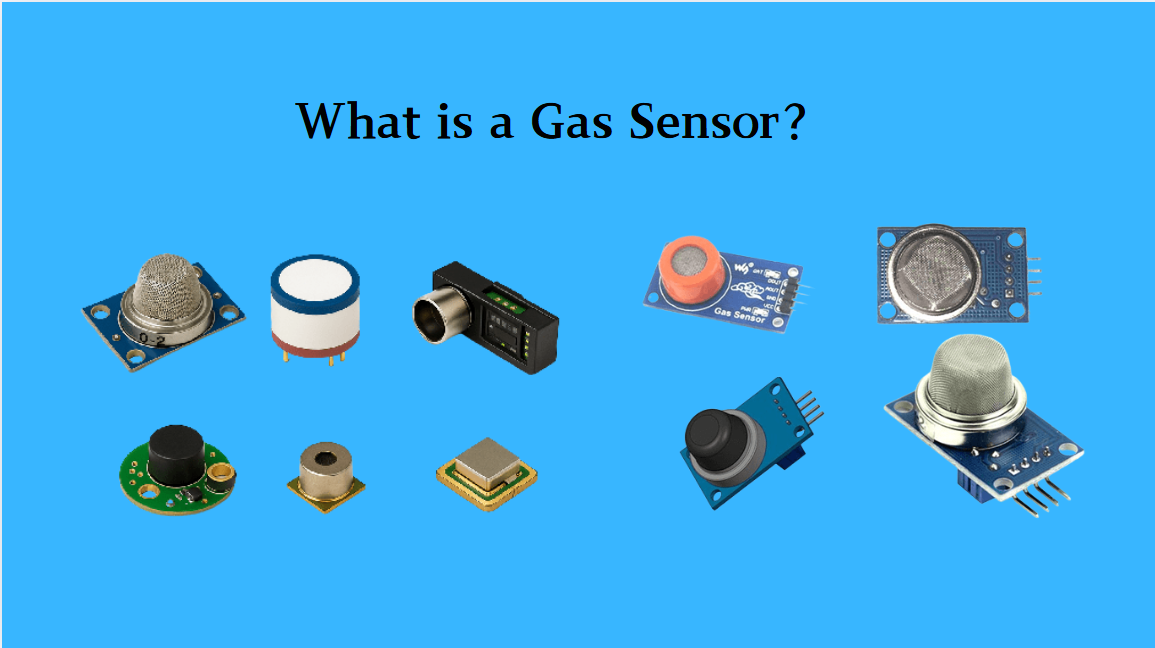
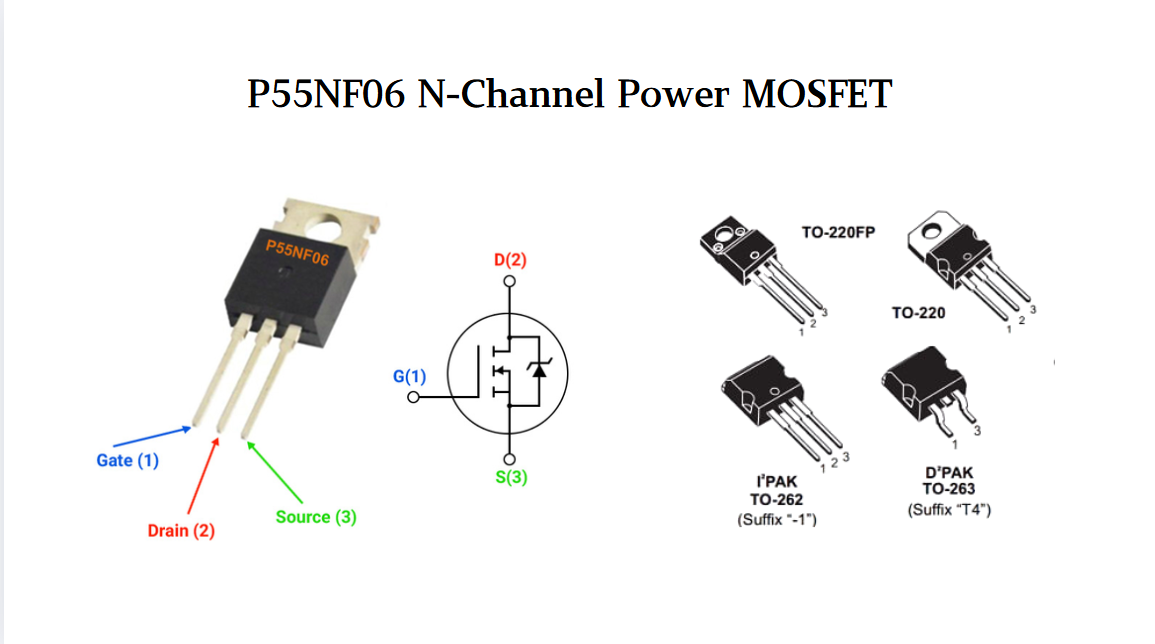


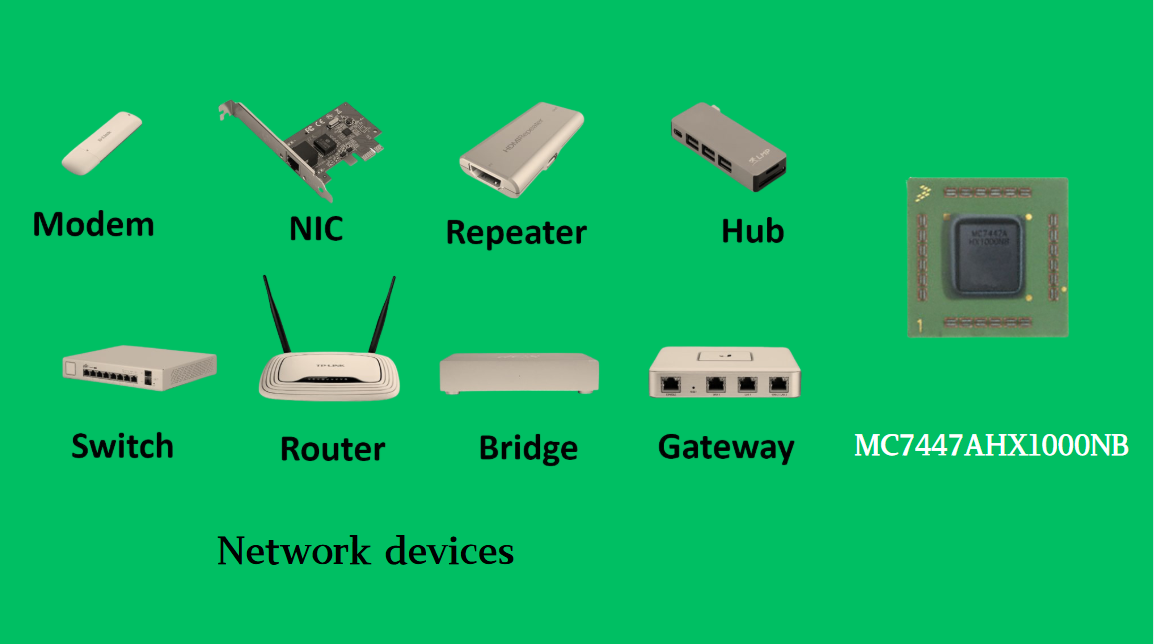

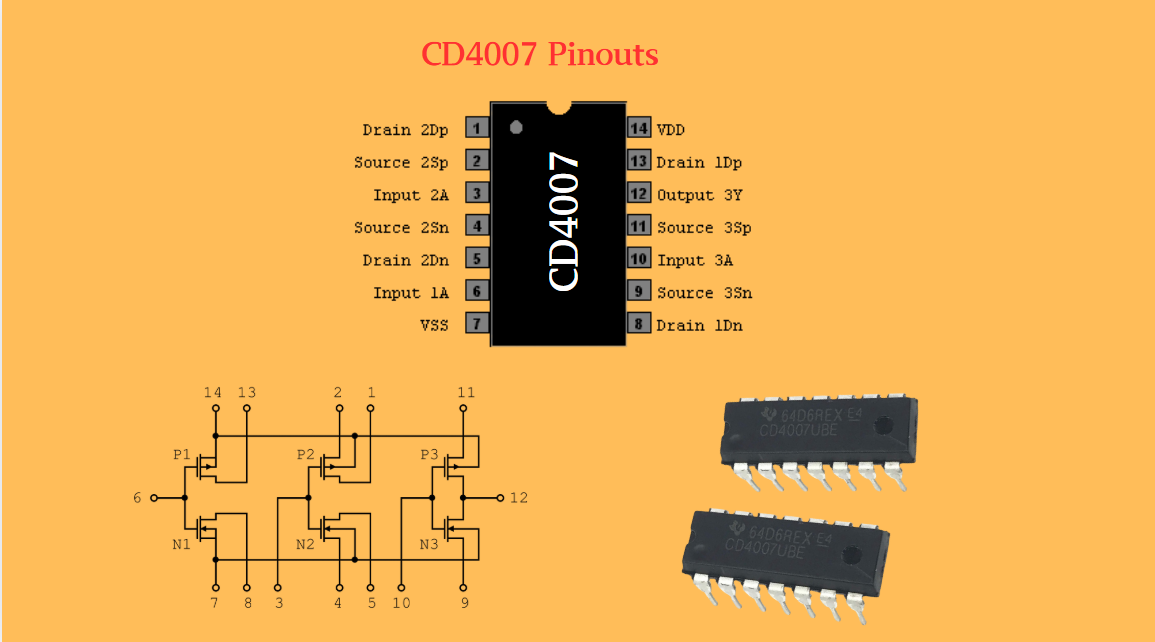
 Wishlist (0 Items)
Wishlist (0 Items)